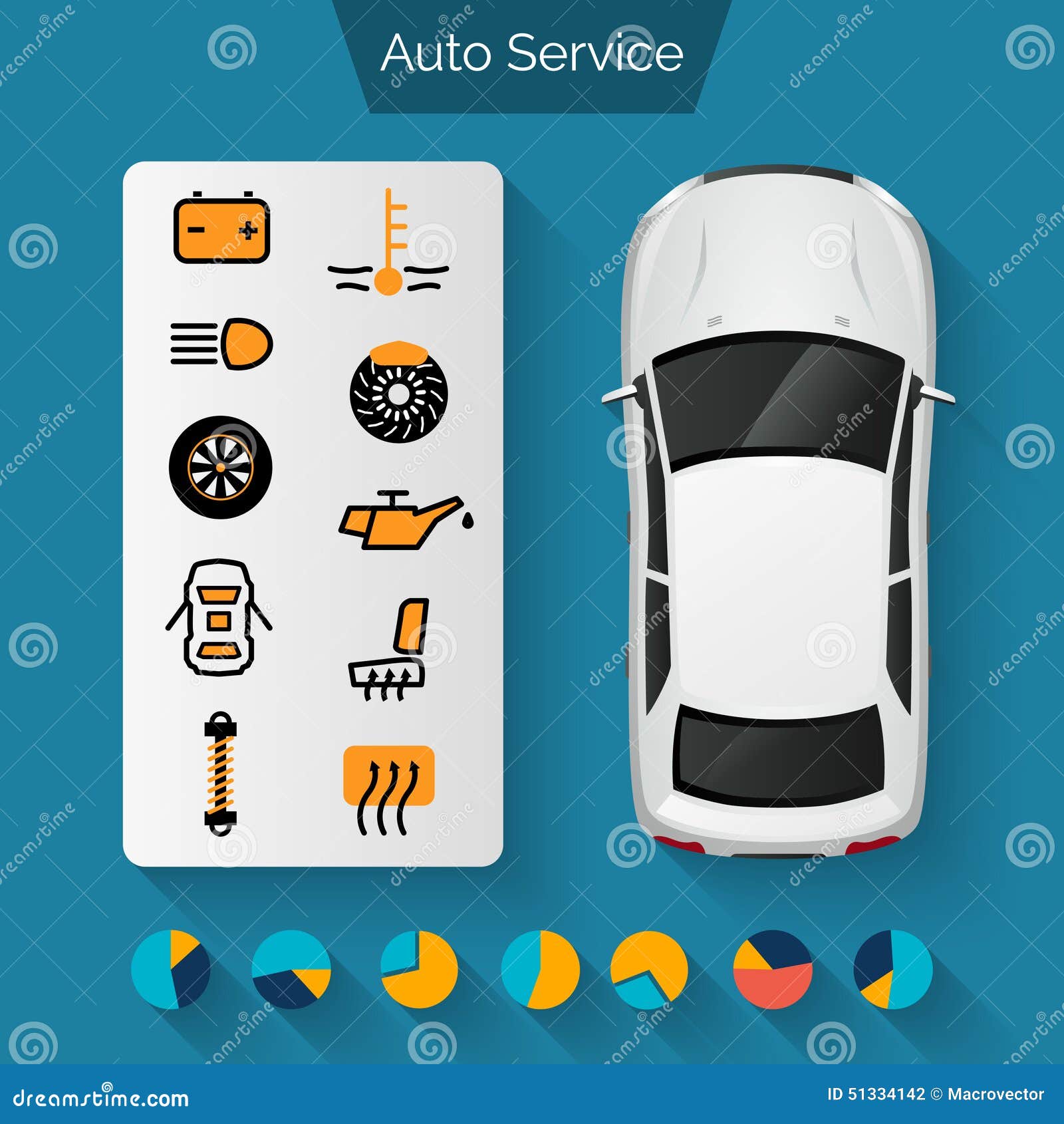Evaluating Your Vehicle'S Warning Indicators: What They Actually Communicate
Evaluating Your Vehicle'S Warning Indicators: What They Actually Communicate
Blog Article
Content Writer-Hartley Corbett
When you're behind the wheel, those beautiful caution lights on your control panel can be a bit perplexing. Do you recognize what they're trying to tell you concerning your automobile's wellness? Understanding the importance of these lights is vital for your safety and the longevity of your lorry. So, the next time one of those lights appears, would not you intend to analyze its message properly and take the required actions to resolve it?
Common Caution Lighting and Interpretations
Determine common warning lights in your vehicle and recognize their definitions to make sure secure driving.
The most regular caution lights include the check engine light, which signals concerns with the engine or emissions system. If this light begins, it's essential to have your car checked promptly.
The oil pressure alerting light indicates low oil pressure, calling for prompt interest to avoid engine damage.
A flashing battery light could recommend a faulty charging system, potentially leaving you stranded otherwise addressed.
The tire stress tracking system (TPMS) light notifies you to low tire stress, impacting automobile security and gas performance. Neglecting this could bring about harmful driving problems.
The abdominal light indicates a problem with the anti-lock braking system, endangering your ability to stop rapidly in emergencies.
Lastly, the coolant temperature alerting light warns of engine getting too hot, which can cause serious damages if not solved quickly.
Understanding these typical caution lights will certainly aid you attend to problems promptly and preserve risk-free driving conditions.
Importance of Prompt Attention
Comprehending the typical caution lights in your car is just the first step; the relevance of without delay attending to these cautions can't be highlighted enough to ensure your security when traveling.
When a caution light illuminates on your dashboard, it's your automobile's method of interacting a potential issue that requires interest. Disregarding these cautions can result in more severe problems in the future, jeopardizing your safety and potentially costing you much more in repairs.
Prompt interest to advising lights can protect against failures and crashes. As an example, a flashing check engine light might suggest a misfire that, if left neglected, could create damage to the catalytic converter. Addressing this quickly can conserve you from a costly repair.
Similarly, a brake system warning light might indicate low brake liquid or worn brake pads, vital elements for your security when driving.
DIY Troubleshooting Tips
If you notice a caution light on your control panel, there are a few do it yourself fixing tips you can try before seeking expert aid.
The very first step is to consult your automobile's manual to comprehend what the specific warning light indicates. In some cases the problem can be as simple as a loosened gas cap triggering the check engine light. Tightening the gas cap might deal with the trouble.
One more typical concern is a low battery, which can set off numerous cautioning lights. Inspecting car cut and polish for deterioration and guaranteeing they're safe and secure could repair the issue.
If a warning light persists, you can try resetting it by disconnecting the car's battery for a couple of mins and then reconnecting it. Additionally, checking your lorry's fluid degrees, such as oil, coolant, and brake liquid, can help fix cautioning lights associated with these systems.
Recommended Web-site , recognizing your auto's warning lights is important for maintaining your lorry running smoothly and safely. By quickly attending to these signals and knowing what they imply, you can prevent pricey repairs and prospective break downs.
Remember to consult your car's handbook for certain information on each cautioning light and act as necessary to guarantee a hassle-free driving experience.
Stay notified, stay risk-free on the road!
